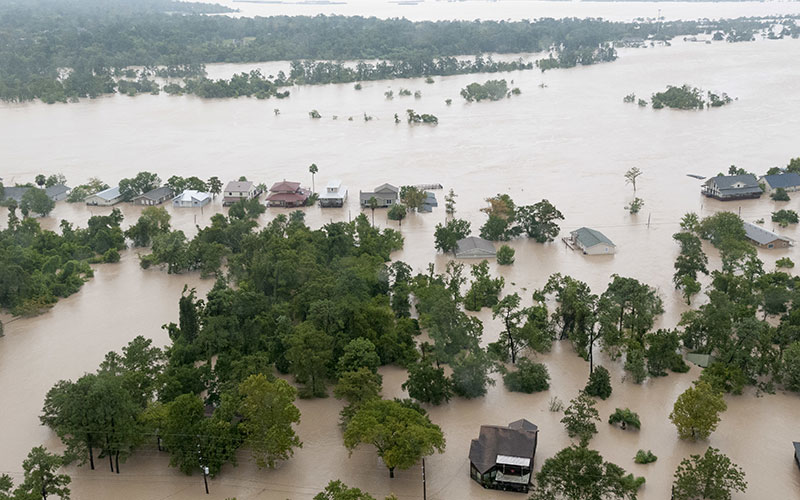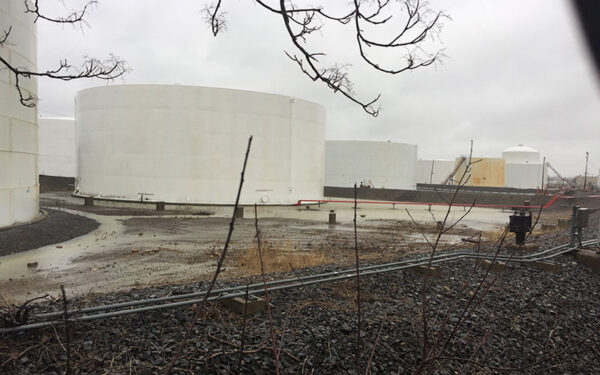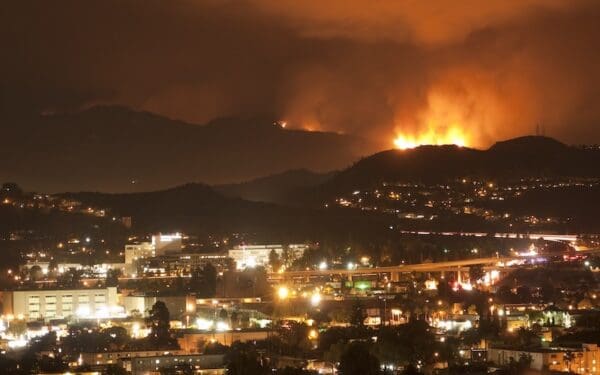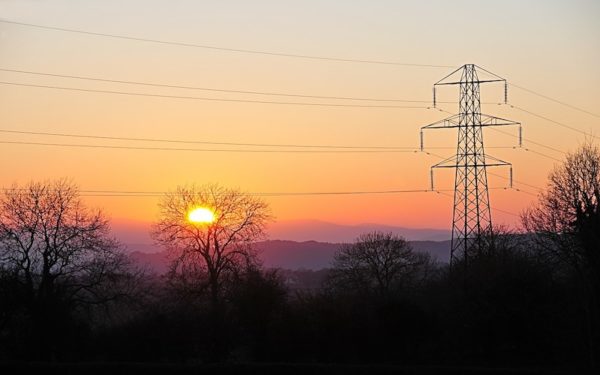
Hurricane Harvey put entire neighborhoods under water. Now, one Houston community has filed a lawsuit against an engineering firm for failing to fortify its stormwater management system against such heavy rainfall.
Harvey. Irma. Maria. Nate. Last year, during a 45-day period, eight consecutive named storms strengthened into hurricanes. All told, the 2017 hurricane season was the most expensive in history, causing more than $200 billion in damage nationwide.
Meanwhile, so-called 100-year floods are becoming so common the metric is losing its meaning and utility. For instance, the City of Houston has been battered by a 100-year storm each year for the past three years.
Earlier this year, CLF published a report looking at the evolving legal landscape around climate impacts: Who, if anyone, is liable for the harms resulting from this extreme weather? In the few months since we published our report, we’ve seen several noteworthy legal developments in this area, and we’re sharing two of them with you here.
As climate disruption escalates, so too do the number and type of legal claims seeking compensation for harm.
When a powerful hurricane hits or massive flooding occurs, it causes death and injury, upsets our economy, disrupts our food systems, limits our access to clean water, and puts stress on our public health infrastructure. And it is only human nature to try and find someone or some entity on whom we can pin the blame for the damages and lost income, or at the very least seek compensation.
As quickly as the climate is changing, so too are the types of legal claims being brought against governments, fossil fuel companies, civil engineers, and others for the harms resulting from more extreme weather events.
CLF explored these lawsuits and the evolving legal landscape of so-called “failure to adapt” claims in our January 2018 report titled Climate Adaptation & Liability. Broadly, the report explains the legal liability of ignoring climate change in development and infrastructure projects.
But with any evolving area of the law, interesting updates always emerge after a report is published. With every new case that is decided, we gain a better understanding of the legal landscape when it comes to climate liability.
Here are just a few highlights of legal developments since CLF published our report:
Negligence suit brought against engineering firm for failure to design climate-ready flood protection controls.
When Hurricane Harvey hit last August, more than 700 homes in a Houston community were flooded from an overflowing river nearby. On April 4, 2018, hundreds of residents of that community filed suit against the engineering firm that designed the stormwater system that was supposed to prevent such a flood.
The legal claim alleges the engineering firm failed to use “ordinary care in the operation, design, and maintenance of its pump, levee, and drainage systems” as well as in the design of the management system. The plaintiffs claim that “ordinary care” would have meant designing and operating the stormwater management system to protect the community from foreseeable rainfall. Since the rain amounts that fell during Hurricane Harvey had occurred in before, the complaint contends these conditions were foreseeable.
This is exactly the type of claim CLF anticipated was on the horizon in our Adaptation & Liability report. The suit seeks damages for repairs, lost property value, lost income, and emotional distress, among other flood-related costs.
In a lengthy battle over Hurricane Katrina flooding damage, Federal Circuit says government cannot be held liable for its inaction.
On April 20, 2018, an appeals court reversed a lower court’s finding that the federal government was liable for flood damage caused by 2005’s Hurricane Katrina. The plaintiffs, property owners in New Orleans, claimed the government was liable for a “taking” of their property based on its inaction, including the failure to properly maintain or modify the Mississippi River-Gulf Outlet, and its actions, including the construction and operation of the outlet. According to the Fifth Amendment of the U.S. Constitution, a government cannot “take” private property for public use without just compensation.
CLF discussed this case in our report as an example of the government being held liable for inaction in the face of climate change. But, according to this recent decision on appeal, the federal government at least can only be held liable for a taking under the Fifth Amendment for affirmative actions, not for failing to act. That means that a takings claim against the federal government for failing to act in the face of known climate risks is unlikely to succeed.
The Court also found the plaintiffs had failed to prove the outlet caused the plaintiffs’ property injuries, noting they had failed to take into consideration all flood control projects that reduced the risk of flooding. This decision will make it more difficult for plaintiffs to recover in the scores of takings cases filed in the aftermath of Hurricane Harvey based on flooding damage allegedly caused by the operation of the Army Corps’ flood control dam in Houston. Now, the relevant question is not whether the Army Corps’ operation of the flood control dam may have caused flood damage, but what level of flooding would have occurred if the flood control dam had never been built.
CLF is monitoring the evolution of these liability principles and caselaw, and we’ll keep you informed.
CLF continues to be on the cutting edge of these issues, and we’re monitoring the evolution of these principles and caselaw closely. We will post occasional blogs such as this to keep interested readers informed of the latest developments in these “failure to adapt” legal claims.



